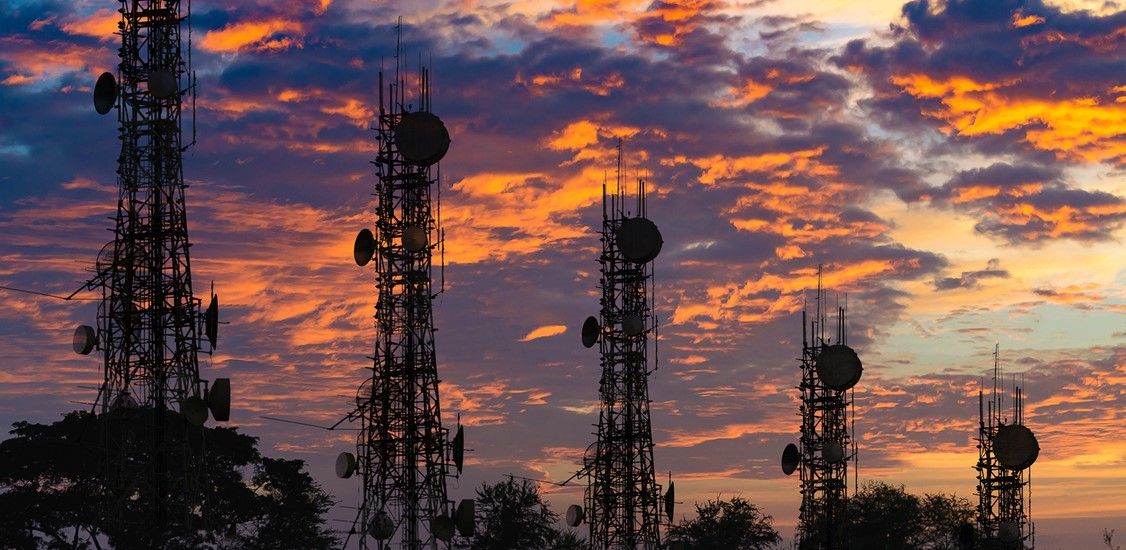2019 proved to be the year that 5G became a reality. 2020 is set to be the year in which it takes off. But the focus is not only on the early commercialisation of 5G; the industry is preparing for a major transition to the future service-oriented architecture and an entirely new class of services. This will bring huge opportunities - but also challenges for the mobile ecosystem. Once again, we look ahead to the coming months and cast our runes for the future.
#1: 5G differentiation
5G has now arrived. The question is, what next? The industry is aware that 5G cannot simply be treated as a faster, more efficient LTE. Of course, the technology does bring capacity advantages which will help MNOs target new opportunities, such as massive IoT, but it’s essential that service differentiation is delivered too. Consumers, to whom initial 5G services have been targeted, will demand more than simply a souped-up LTE.
As a result, we can expect to see increased investment in service differentiation. The question is, how will operators focus their efforts? Some speculate that mobile gaming provides the answer, while others continue to emphasise the importance of mobile video. In both cases, 5G provides a means to deliver performance guarantees and optimised packages. So, we anticipate that operators will launch specific packages aimed at gamers and for video consumption, enabled by 5G. Who will move first?
#2: Service assurance becomes more complicated…
However, we must also recognise the fact that few operators are able to offer nationwide 5G coverage yet. While the footprint of many is growing rapidly, coverage gaps wnill remain. This means that users that expect a 5G experience may be disappointed when they move between networks coverage zones.
Performance expectations must be managed, so operators will have to ensure that they more accurately track service consumption and performance in order to maintain consistent user experience as their customers move from cell to cell. This issue will become particularly important if operators choose to charge a premium for 5G. While many have not, some have chosen to pursue this strategy, so it must go hand-in-hand with a corresponding focus on service management.
This means that service assurance is paramount. Operators must deploy service monitoring solutions that are correctly adapted for the 5G network architecture, ensuring that they can fully incorporate analytics from all network domains into their operations. Moreover, it will be essential to deliver service performance insights to even more stakeholders in the organisation, as 5G investments come under increasing scrutiny and as the user base grows.
#3: …and will become more complicated still!
Of course, initial 5G launches have been based on enhanced Mobile Broadband, or eMBB, which is largely delivered in support of new consumer offers. However, 2020 will also see the first steps towards launch of R16-based 5G networks - which brings with it an entirely new phenomenon: network slicing.
Network slicing enables dedicated logical networks to be established using shared physical and virtual resources, with each isolated from the others. In effect, an operator can choose to deliver multiple logical networks across the same infrastructure. In this case, not only will the operator have to assure the infrastructure base, it will have to assure each individual network.
This adds a new dimension to the challenge of service assurance. In time, operators may be running tens or even hundreds of such network slices (the jury is still out on just how many should be accommodated). So, operators must be confident that their assurance and monitoring solutions can scale, not only horizontally to account for more devices and traffic load, but also vertically to encompass the different slices that are deployed.

Thomas Nilsson,
CTO,
Polystar
Worse, slices may be volatile, with a limited duration - perhaps to cover a specific event or temporary location - so agility in service assurance is also required. Elastic scale has been a familiar demand for capacity and changing load for some time. In 2020, elastic scale in terms of network slices will likely become a reality.
#4: The Service Operations Centre
In the past, operators have largely focused on the smooth performance and operation of their networks. However, given today’s service diversity and increasing customer focus, while network performance management is necessary, it’s no longer sufficient. Operators need to transition to a service-centric view, through which they focus on service performance and the management of quality with respect to their subscribers.
For many, this is the culmination of movements towards the delivery of CEM - Customer Experience Management - and the Service Operations Centre, or SOC, is the final element in delivering true CEM. The SOC is also fundamental to new 5G networks, as these are designed for a service-oriented approach.
So, operators must engage in this transition, particularly when we consider the need to differentiate 5G service offers. With the customer front and centre, the SOC is an inevitable upgrade - the only question is how quickly can operators make this transition? We expect significant momentum in 2020, building on early adoption of SOC solutions in the previous 12 months.
#5: Automate, automate, automate
Digital transformation has been a vogue topic for some time, but unfortunately, it’s often been taken out of context or misinterpreted. In 2020, however, we can expect to see real evidence of performance dividends for operators that result from their transformation efforts. That’s because operators are beginning to take advantage of process automation in their operations.
In practice, this means that processes will become increasingly interconnected - with efficient data processing and analytics, observed indicators and network events can be connected to workflows, automatically triggering actions to correct a fault or ease network congestion in specific sites. For example, a sleeping cell (that is, one hasn’t generated alarms but isn’t carrying traffic) can be immediately restarted without manual intervention. Similarly, congestion can be automatically avoided by, for example, changing load sharing algorithms, and hardware issues can be addressed by automatically dispatching field engineers to investigate at a specific location.
It’s early days, but the combination of the new SOC, 5G service-based architecture and increased focus on CEM provide a wealth of opportunities to drive automation. 2020 will see numerous use cases emerge. Many of these will be based on the intelligent processing of real time probe data instead of aggregated performance management data, as operators focus on such opportunities that are specific to their own network and service portfolios.
Conclusion
2020 will bring some seismic changes, as the next generation of 5G moves to the fore. Operators have high expectations for standalone 5G networks, with slicing expected to unlock many new revenue and partnership opportunities. But, in parallel with such profound shifts, we expect to see many incremental changes as operators embrace service optimisation and performance through the adoption of SOC solutions, while driving enhanced automation as they seek to interconnect events and actions to adopt a more proactive, customer-centric stance and to reduce reliance on human intervention - liberating resources to focus on new tasks and increasing overall efficiency. So, watch this space to see how they deliver!




















